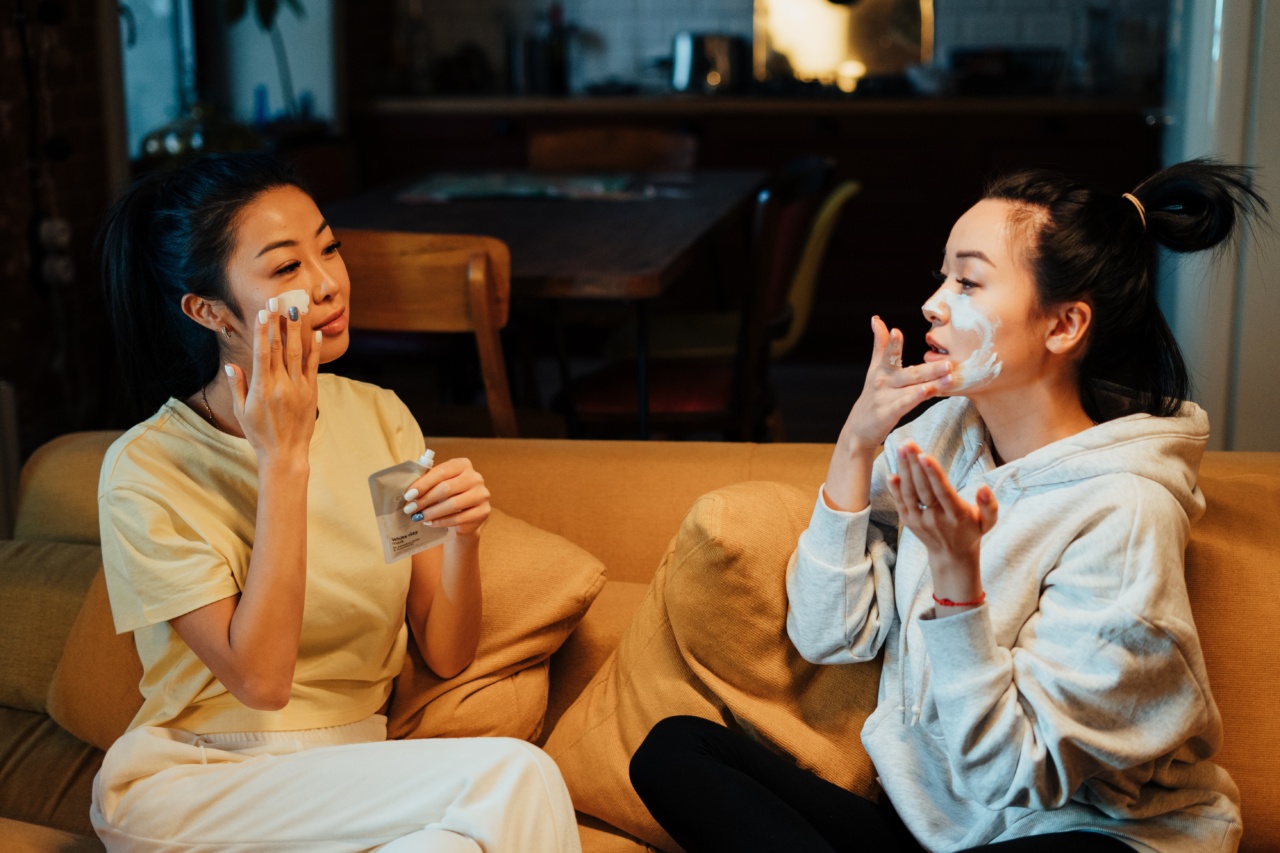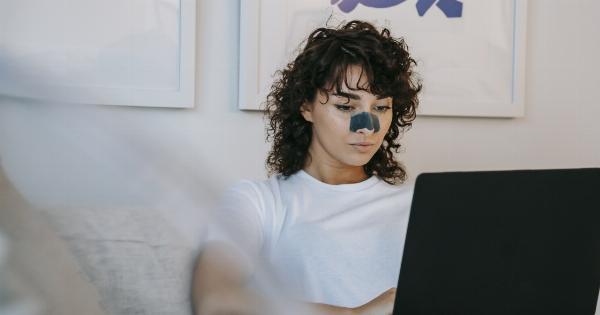Cystic acne is a severe form of acne that can cause painful, large, and inflamed cysts to appear on the skin. It is usually caused by hormones, genetics, and bacteria on the skin.
Although it can be frustrating, the good news is that it can be treated and managed with proper care. In this article, we will discuss some DIY treatment options for cystic acne.
Cleansing
One of the most effective ways to prevent and treat cystic acne is to keep your skin clean and free of excess oil and dirt. Using gentle, non-abrasive cleansers can help to unclog pores and prevent breakouts.
Be sure to avoid harsh scrubs or exfoliants, as they can irritate the skin and make cystic acne worse.
Tea Tree Oil
Tea tree oil is a natural antiseptic that can help to kill the bacteria that causes acne. It works by unclogging pores and reducing inflammation.
To use tea tree oil, simply apply a few drops to a cotton swab and dab it onto the affected areas of your skin. Be sure to dilute the oil with a carrier oil, such as jojoba oil, before applying it to your skin.
Apple Cider Vinegar
Apple cider vinegar is a natural astringent that can help to balance the pH of your skin and reduce inflammation. To use apple cider vinegar, mix one part vinegar with three parts water and apply it to your skin using a cotton ball.
Be sure to rinse your skin with water after using apple cider vinegar, as it can be drying.
Baking Soda
Baking soda is a natural exfoliant that can help to unclog pores and reduce the appearance of cystic acne. To use baking soda, mix a small amount with water to form a paste and apply it to your skin.
Massage the paste in a circular motion for one to two minutes before rinsing it off with water.
Aloe Vera
Aloe vera is a natural anti-inflammatory that can help to reduce the redness and swelling associated with cystic acne. It also has antibacterial properties that can help to prevent the spread of acne-causing bacteria.
To use aloe vera, simply cut open a fresh leaf and apply the gel to your skin.
Green Tea
Green tea is a natural antioxidant that can help to reduce inflammation and redness associated with cystic acne. It has been shown to help improve skin texture and reduce the appearance of acne. To use green tea, brew a cup of tea and allow it to cool.
Use a cotton ball to apply the tea to your skin or use it as a facial toner.
Ice Packs
Ice packs are a simple yet effective way to reduce inflammation and redness associated with cystic acne. Simply place an ice pack or a cold compress on the affected area of your skin for a few minutes at a time.
Be sure to wrap the ice pack in a towel to prevent direct contact with your skin.
DIY Face Masks
There are several DIY face masks that can help to soothe and treat cystic acne. Some popular ingredients for face masks include honey, yogurt, oatmeal, egg whites, and turmeric.
These ingredients have anti-inflammatory properties and can help to unclog pores, reduce redness, and calm irritated skin. To make a face mask, simply mix the ingredients together and apply the mixture to your skin for 10-15 minutes before rinsing it off with warm water.
Medications
If your cystic acne is severe or not responding to home treatments, you may need to see a dermatologist. They may recommend prescription-strength medications, such as topical or oral antibiotics, retinoids, or hormonal treatments.
These medications can help to reduce inflammation, unclog pores, and prevent new acne from forming.
Lifestyle Changes
In addition to the above treatments, there are several lifestyle changes that can help to prevent and manage cystic acne. These include:.
- Reducing stress levels
- Eating a healthy diet
- Exercising regularly
- Getting enough sleep
- Avoiding touching your face
- Keeping your hair and hands clean
By incorporating these lifestyle changes and DIY treatments into your routine, you can help to manage and prevent cystic acne.































